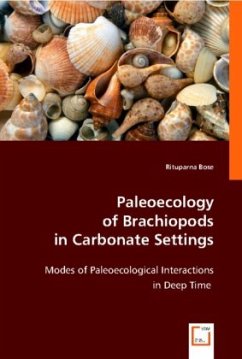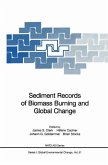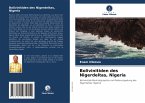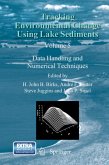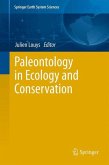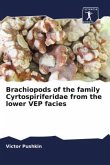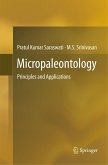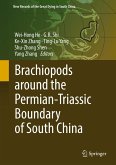Encrustations in Paleozoic carbonate depositional systems are represented by fewer studies than those of siliciclastic systems. To evaluate this difference, the paleoecological interactions of the Middle Devonian Dundee Formation exposed at the Whitehouse Quarry, Lucas County, Ohio has been explored. This formation also represents an important environment in the Michigan basin of North America. Understanding mutualism, parasitism, commensalism and predation relations in an ecological community is an important aspect in revealing the mystery of the fossil record. This research has contributed a large field collection from the Dundee Formation, which will be useful in documenting the fossil content of this unit for future workers. Furthermore, this study has increased our understanding of epizoan-host relationships. I believe that this research will also assist future workers to compare the encrustation patterns on brachiopod hosts of the Dundee Limestone with that of other Devonian brachiopods, from both carbonate and siliciclastic settings. This work should be useful for all geologists, biologists, paleontologists, stratigraphers and sedimentologists.
Bitte wählen Sie Ihr Anliegen aus.
Rechnungen
Retourenschein anfordern
Bestellstatus
Storno

